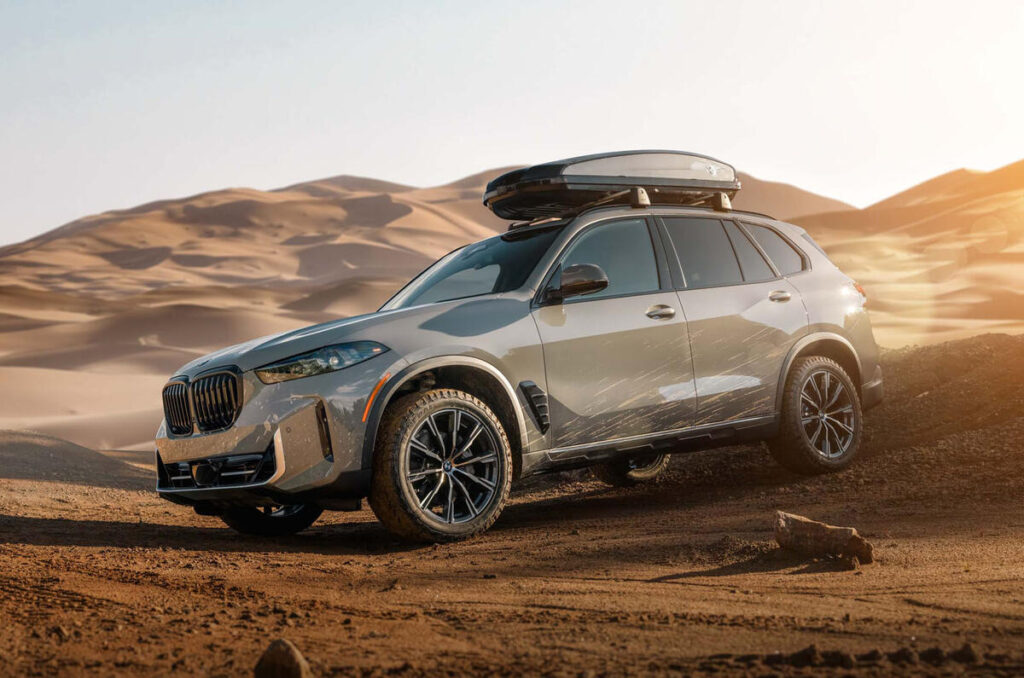
BMW’s SUV range already spans everything from compact crossovers to large luxury flagships, plus an M division special. But one slot remains open, and that is a serious, purpose-built off-roader capable of going head-to-head with the Mercedes G-Class, Lexus LX, and Range Rover.
That gap might close soon, with reports suggesting a new top-tier SUV is on track for a 2029 debut.
According to Autonews, insiders claim the off-road-focused model will begin production in the second half of that year. BMW hasn’t confirmed the project, but it’s believed the vehicle will roll out of the Spartanburg plant in South Carolina, where the X3, X4, X5, X6, X7, and XM are built.
Codenamed G74, the newcomer is tipped to use the next-generation X5’s unibody platform rather than the larger X7’s, a move aimed at enhancing its capability on demanding terrain. With the all-electric Mercedes G-Class reportedly facing slow sales, BMW is expected to stick with internal combustion for this model.
BMW’s recent releases, like the X5 Silver Anniversary Edition with its standard xOffroad package, point to a growing interest in the adventure SUV market. The upcoming flagship will likely feature more aggressive styling, a reinforced suspension setup, and dedicated off-road software to handle rough trails with ease.
This SUV could replace the XM at the top of BMW’s lineup, but with a completely different purpose. The XM, the first standalone BMW M model since the M1, may end production by November 2028, just five years after launch, according to AutoForecast Solutions.
BMW seems convinced that a rugged luxury SUV will appeal more to high-end buyers than a road-biased performance SUV. The strategy directly targets the Mercedes G-Class customer base rather than the Lamborghini Urus crowd. Still, an M-badged performance version of the new off-roader could be on the cards, aiming for the same high-power appeal as the Mercedes-AMG G63.
BMW’s last truly dedicated off-roader was the 325, built in Germany between 1937 and 1940 for the German army. Based on a ladder-frame chassis with four-wheel drive, it used a 2.0-litre straight-six petrol engine with dry-sump lubrication to produce 50 hp, paired with a five-speed gearbox, three locking differentials and, in early versions, four-wheel steering to cut the turning circle to just 6.5m.

